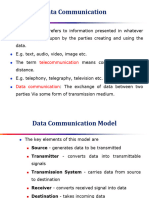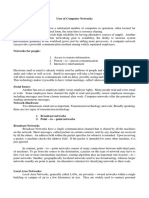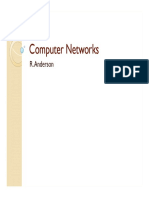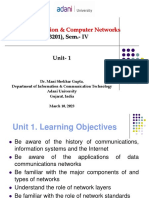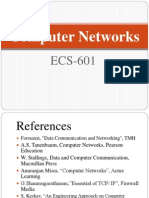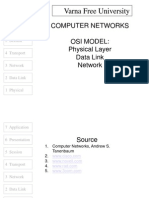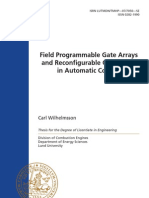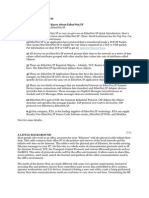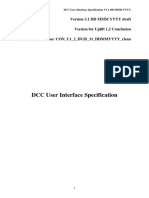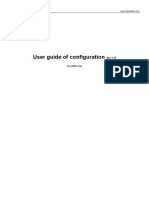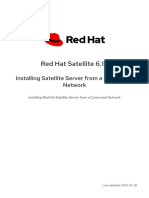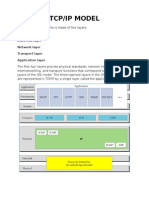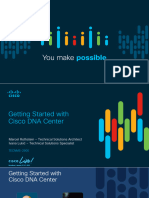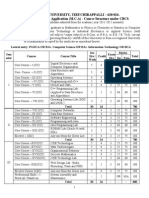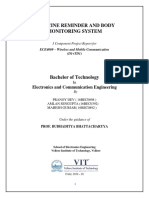0% found this document useful (0 votes)
127 views48 pagesStandards: Required To Allow For Interoperability Between Equipment Advantages
The document discusses standards, protocols, and networking concepts. It provides an overview of standards organizations and the OSI model, which defines communication layers. It describes physical network topologies like bus, ring, and star, and wide area network technologies. Key elements of protocols are outlined, as well as functions like encapsulation, segmentation, and connection control that protocols perform.
Uploaded by
ChandrashekarCopyright
© Attribution Non-Commercial (BY-NC)
We take content rights seriously. If you suspect this is your content, claim it here.
Available Formats
Download as PDF, TXT or read online on Scribd
0% found this document useful (0 votes)
127 views48 pagesStandards: Required To Allow For Interoperability Between Equipment Advantages
The document discusses standards, protocols, and networking concepts. It provides an overview of standards organizations and the OSI model, which defines communication layers. It describes physical network topologies like bus, ring, and star, and wide area network technologies. Key elements of protocols are outlined, as well as functions like encapsulation, segmentation, and connection control that protocols perform.
Uploaded by
ChandrashekarCopyright
© Attribution Non-Commercial (BY-NC)
We take content rights seriously. If you suspect this is your content, claim it here.
Available Formats
Download as PDF, TXT or read online on Scribd
/ 48








